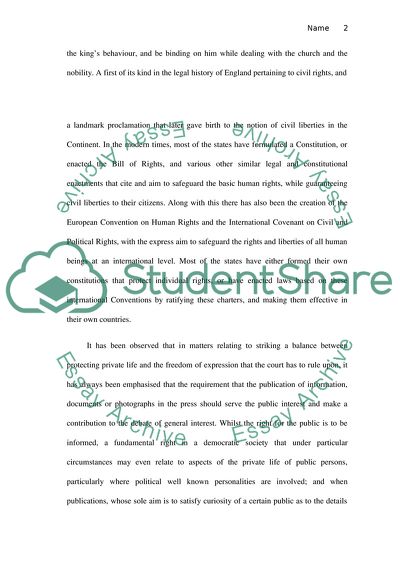Cite this document
(Human Rights and Civil Liberties in the UK Coursework, n.d.)
Human Rights and Civil Liberties in the UK Coursework. Retrieved from https://studentshare.org/law/1743462-human-rights-and-civil-liberties-in-the-united-kingdom
Human Rights and Civil Liberties in the UK Coursework. Retrieved from https://studentshare.org/law/1743462-human-rights-and-civil-liberties-in-the-united-kingdom
(Human Rights and Civil Liberties in the UK Coursework)
Human Rights and Civil Liberties in the UK Coursework. https://studentshare.org/law/1743462-human-rights-and-civil-liberties-in-the-united-kingdom.
Human Rights and Civil Liberties in the UK Coursework. https://studentshare.org/law/1743462-human-rights-and-civil-liberties-in-the-united-kingdom.
“Human Rights and Civil Liberties in the UK Coursework”, n.d. https://studentshare.org/law/1743462-human-rights-and-civil-liberties-in-the-united-kingdom.


